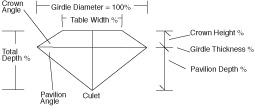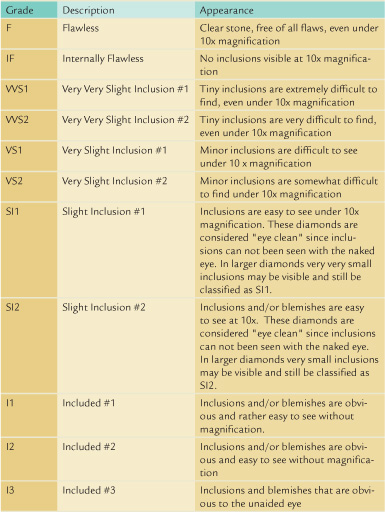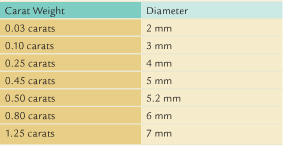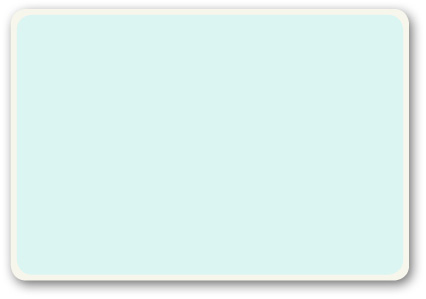


Learn More About Diamonds
The quality of a diamond is determined by the 4 C´s – clarity, color, carat and cut. Our experienced evaluation team will take these characteristics into account when assessing the value of your diamond.
CUT
The cut of a diamond determines its brilliance and fire. To turn a raw diamond into a beautiful gem, the diamond is cut with precise facets, or tiny polished faces. The key to desirable fire and brilliance is proportion – depth, width and uniformity of all of its facets. Light striking a cut that is too shallow is lost out the other side and will not reflect back to the top causing the diamond to lose brilliance. Light striking a cut that is too deep will escape out the sides and also be unable to reflect back to the top causing the diamond to appear dull. Excellently cut stones are significantly more valuable than poorly cut stones of the same size. Most gemologists consider cut to be one of the most important diamond characteristics because a diamond with a poor cut will have dulled brilliance.


COLOR
While many diamonds appear colorless, they may actually have subtle yellow or brown tones which are undesirable. Colorless diamonds are the rarest and most valuable of all. The less color in a diamond, the more colorful the fire, and the better the color grade. Color variations are a result of the natural forces that occur during the formation of the diamond. Because subtle color variations dramatically affect the value of a diamond, a color grading scale is used to categorize the shading differences from one diamond to another. Note that fancy colored diamonds, such a yellow, pink and blue are also popular and are not graded on the same scale as white diamonds.
The GIA (Gemological Institute of America) color chart is used to evaluate a diamond´s internal tint and plays a significant role in determining its value.
The GIA (Gemological Institute of America) color chart is used to evaluate a diamond´s internal tint and plays a significant role in determining its value.


CLARITY
Clarity refers to a diamond´s purity or flawlessness and directly determines the value of the stone. Flawless diamonds are extremely rare. The fewer flaws the more valuable the stone. Flaws or inclusions may look like crystals, feathers, clouds or dark spots in the diamond. The quantity, size, and location of these inclusions have an affect on a diamond's value. Diamonds with fewer and smaller inclusions generally are more brilliant, and are of more value.
The U.S. Federal Trade Commission has established the jewelry industry's standards for diamond clarity based on 10-power magnification. Less than 1% of all diamonds ever found can be classified as flawless (FL) or internally flawless (IF). VVS diamonds are also extremely rare. VS diamonds are of superior quality and are used in extremely fine jewelry. A large percentage of jewelry is made with SI quality diamonds.
The U.S. Federal Trade Commission has established the jewelry industry's standards for diamond clarity based on 10-power magnification. Less than 1% of all diamonds ever found can be classified as flawless (FL) or internally flawless (IF). VVS diamonds are also extremely rare. VS diamonds are of superior quality and are used in extremely fine jewelry. A large percentage of jewelry is made with SI quality diamonds.


CARAT
Diamonds are measured in terms of weight, not size. The heavier the diamond, the greater the carat weight. Two diamonds of equal weight can have very different values, because the quality is additionally determined by the color, clarity and cut. For example, a one-carat diamond can cost significantly more than a one-half carat diamond of equal quality depending on its other characteristics.

* Required Field

